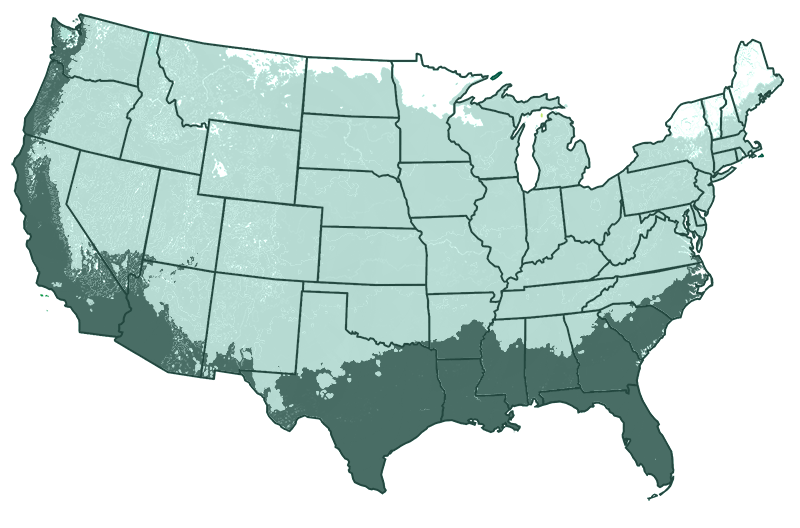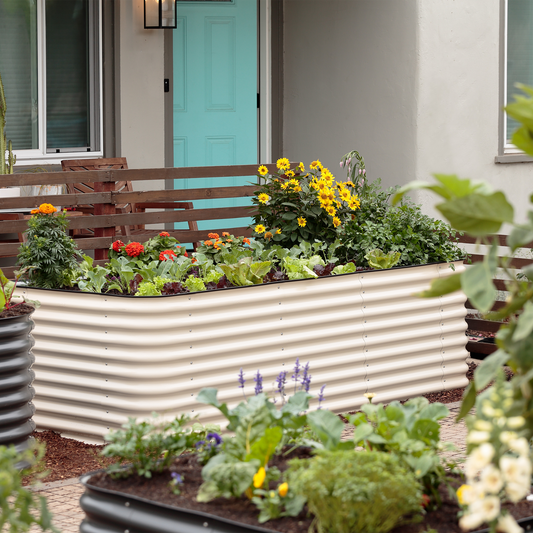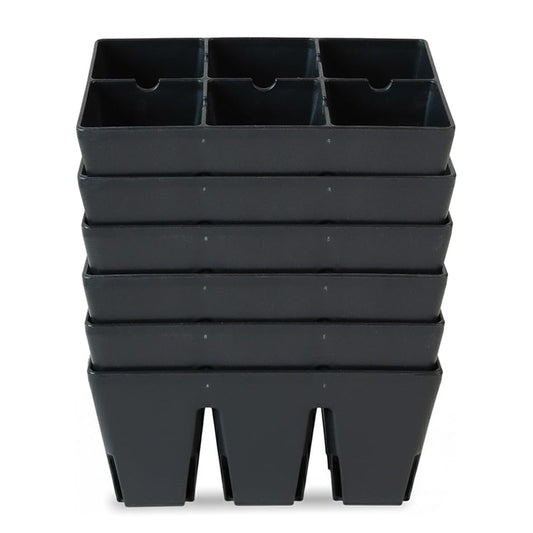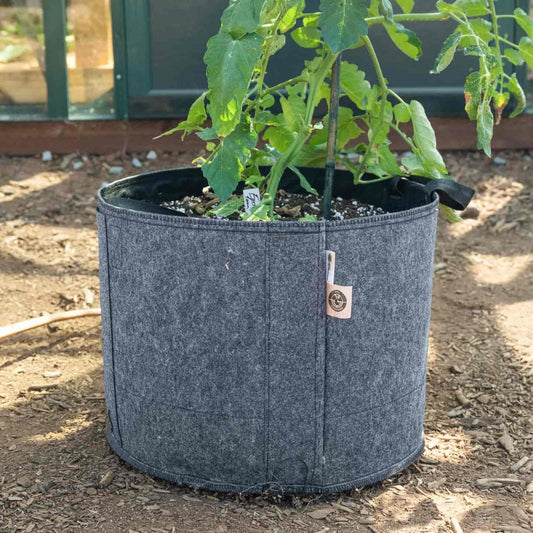


Ensete Banana
View More Planting Info
To intensify the red color of the leaves, plant in full sun. They can grow in partial shade, but won’t retain as much of the red hue or grow as quickly. Since the leaves are large and catch the wind easily, choose a protected area to prevent damage. The soil should be rich and well-draining. Amend with compost before planting to give your banana tree the best possible start. If you’re planting in a container, choose a large pot with drainage holes and fill with high-quality potting mix. Remove the tree from its container, gently tease the roots, and place it in a prepared hole. Fill the hole with soil, and tamp down gently to remove air pockets. After planting, water the tree deeply to help establish its roots. Maintain consistent moisture, especially during the first growing season. Apply a layer of mulch around the base of the plant and top up in winter to regulate soil temperature and protect the roots.
Location:
Plant Ensete Banana Trees outdoors in USDA Zones 8-11. Outside this range, grow indoors.
Pruning:
Trim browning or damaged leaves as they appear to promote new and healthy growth.
Growth:
Ensete Banana grows 10 feet in containers. Space at least 10 feet from other plants.
- Product Info
- Care and Maintenance
- Planting Care
- Growing Zone
Product Info
Mature Height: 8-10 ft.
Mature Width: 8-10 ft.
Sunlight: Full Sun
Growth Rate: Fast
Does Not Ship To: AZ, OR
Care and Maintenance
Watering: Ensete Banana Trees love moisture. Water 2-3 times per week after planting and around once per week once established. Exact watering times will depend on rainfall and the time of year (less watering in winter, for example). Don’t let the soil dry out completely for several days as this can lead to stress, making the tree more susceptible to pest and disease attack.
Fertilizing: To maintain quick growth and keep the leaves lush, feed every 4-6 weeks during spring and summer with a balanced fertilizer. Slow feeding in fall and stop completely in winter. Always follow the instructions on the packaging and never feed more than recommended.
Pruning: Trim browning or damaged leaves as they appear to promote new and healthy growth.
Pests and Diseases: Common pests include aphids, mealybugs, scale, and spider mites both indoors and outdoors. Look out for diseases like wilt, mosaic virus, and anthracnose that can devastate trees when left uncontrolled.
Recovery Time: Transitioning from our nursery to your home can be a bit of a shock to your plant. A short acclimation period helps it recover and reduces stress.
Climate Adjustment: Every environment is unique. Giving your plant time to adjust to the local climate, humidity, and light conditions in a shady spot will set it up for better growth and health.
How to Acclimate Your Plant: Keep the plant in its container and place it in a shady, sheltered area away from high winds. Ensure it's watered adequately – the soil should be moist but not waterlogged. Monitor the plant for any signs of distress and allow it to adjust for a few days before planting. After a few days of acclimation, your plant will be better prepared to thrive in its new home for years to come.
Planting Care
Sunlight: Plant in full sun, providing at least 6 hours of light per day. Increased sunlight will intensify the red color in the leaves.
Soil: Plant in rich, well-draining soil amended compost. Continue to mulch with compost throughout the seasons to improve soil structure.
Mature size: These compact trees grow to around a maximum of 10 feet in containers.
Climate: Ensete Bananas come from the tropics, growing best in USDA Zones 8-11. Plant in pots to move the tree indoors in winter outside these climates. Prolonged cold temperatures can damage your plant; they must be brought indoors or protected from cold if you experience notable frost or freezing conditions
Thinning: Remove damaged or diseased foliage to improve growth.
Location: Plant in a full sun position in well-draining soil amended with compost. Avoid windy areas as extreme winds may split the large leaves.
Watering: Water deeply 2-3 times per week for the first season and once per week once established. Potted plants will need water more frequently, just as the soil starts to dry out.
Pruning: Trim damaged or diseased leaves to direct the plants energy toward new and healthy growth.
Spacing: Plant at least 10 feet away from any other trees or nearby structures in your garden when in the ground.
Hardiness Zone: Ensete Banana Trees are suitable for planting outdoors in USDA Zones 8-11.
Fertilizer: Feed once every 4-6 weeks during the growing season with a balanced fertilizer. If your tree is performing well and looks healthy, a half-strength dose at regular intervals should be enough to keep the plant happy.
Growing Zone
Grows Well In Zones: 4-11 patio / 8-11 outdoors












